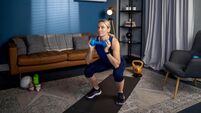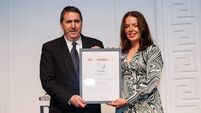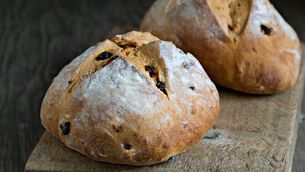What are UPFs and how to easily eat more unprocessed food — plus a triple-protein dahl recipe
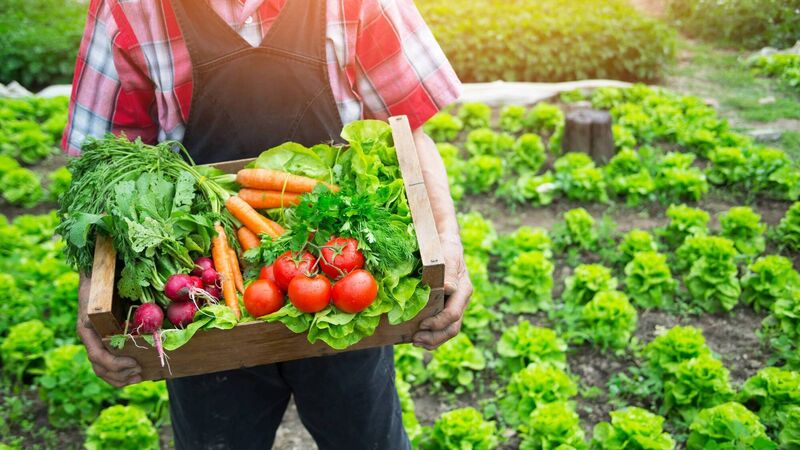
The very definition of UPFs isn’t entirely clear, even among experts
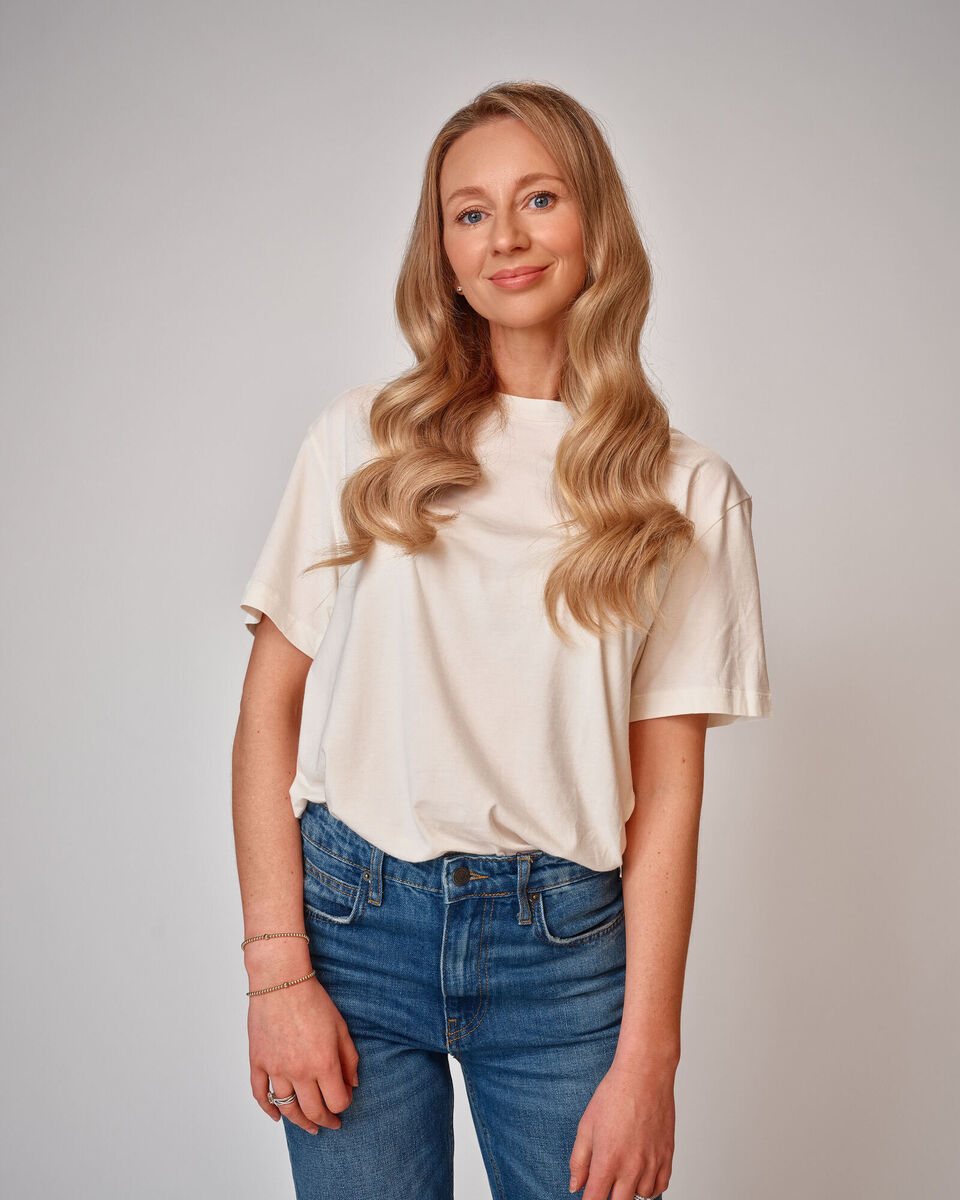
- Sugary breakfast cereals - Overnight oats or homemade granola;
- Packaged bread - Fresh sourdough or wholegrain loaf (freeze slices);
- Sweets and biscuits - Dark chocolate, dates, or homemade bakes.
Triple-protein dahl
I share many of my go-to and most-loved dishes in The Unprocessed Plate. One I return to time and again is my triple-protein dahl. It’s nutritious, vegan-friendly and suitable for the whole family.
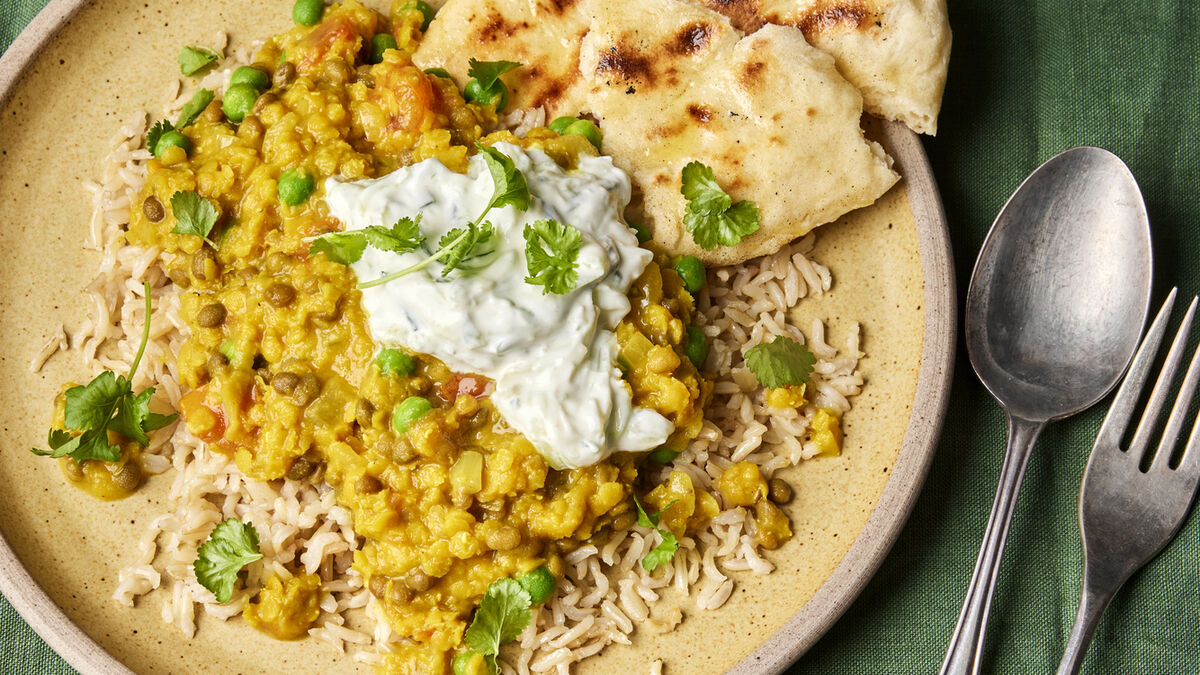
Preparation Time
15 minsCooking Time
45 minsTotal Time
60 minsCourse
MainIngredients
3 tbsp olive oil or rapeseed (canola) oil
2 onions, chopped
4 garlic cloves, minced
1 green chilli, chopped, or ¼ tsp dried chilli (red pepper) flakes
1 thumb-sized piece fresh ginger, peeled and grated
1 tsp ground turmeric
1½ tsp ground coriander
1½ tsp ground cumin
3 medium tomatoes or 4 plum tomatoes from a can, chopped
250g (1½ cups/9oz) dried red lentils, rinsed
1 x 400g (14oz) can green or brown lentils, drained and rinsed
150g (5½oz) frozen peas
1 x 400g (14oz) can coconut milk
2 big handfuls of coriander (cilantro) leaves, roughly chopped
Optional: Yogurt flatbreads, to serve (recipe in my new book!)
Optional: Cooked long-grain brown rice, to serve
Sea salt and freshly ground black pepper
For the cucumber raita
½ garlic clove, peeled
½ tsp ground coriander
¼ cucumber
200g (1 cup/7oz) skyr, Greek yogurt or coconut yogurt
Method
Warm the oil in a large pan set over a medium heat and fry the onions with a pinch of salt for 8–10 minutes until softened. Add the garlic, chilli, ginger, and spices and cook for another 2–3 minutes, stirring constantly, until fragrant.
Add the tomatoes, red lentils, and 700ml (3 cups/25fl oz) water. Allow to simmer for a further 20–25 minutes, until the lentils are tender.
Meanwhile, grate the garlic and cucumber into a small bowl, stir in the ground coriander and yogurt, then lightly season with salt and pepper. Set aside.
Once the red lentils are soft and falling apart, add the canned lentils, peas, and coconut milk to the pan. Bring to a simmer, then cook for a further 5 minutes. Taste and adjust the seasoning to your liking, then spoon into bowls. Serve with plenty of coriander, dollops of the cucumber raita, flatbreads, and brown rice, if you like.
Note: Try blending any leftovers with a little hot vegetable stock to create a rich and comforting soup.
From The Unprocessed Plate by Rhiannon Lambert (DK, €19.99).
- The Unprocessed Plate: Simple, Flavorful UPF-free Recipes to Transform Your Life (DK, €19.99) by Rhiannon Lambert is out now.


